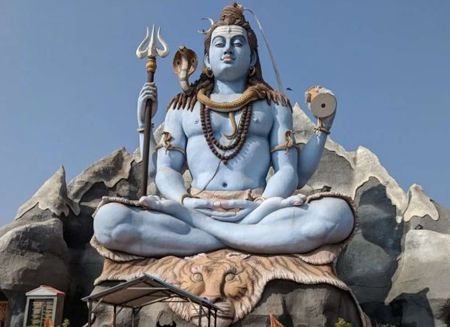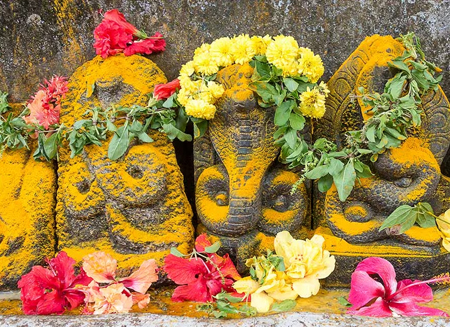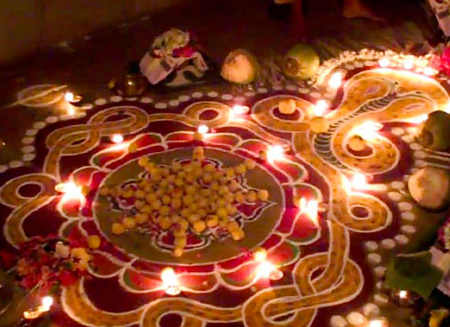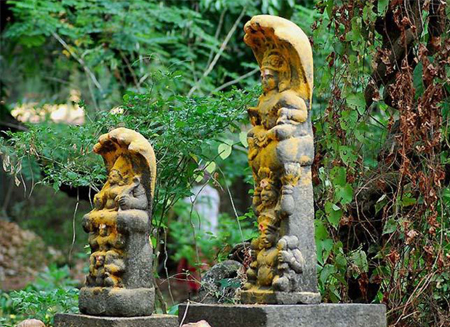The cult of Naga worship has been prevalent in Kerala since centuries and the snakes were being worshipped both inside the serpent groves as well as in the Kavu (temples). Nagapurana states that Naga gods are to be appeased to have wealth, prosperity and good children. Nagas can uplift one’s life by gifting wealth and good children and likewise can do the reverse if not pleased. Nagas are worshipped by Devas , Asuras and the entire world as they are capable enough to reign the whole. Significance of Nagas has been quoted in Sreemad Bhagvata and Mahabharata. Serpents have been associated with power, awe and respect across our country. Snakes stay knick-knacks to all gods. According to Hindu mythology, Lord Vishnu takes rest under the shade of Adisesha and Lord Shiva wears Vasuki around His neck and many other serpents around His ankles and wrists. Aadi ParaSakthi, the female counterpart of the Supreme Being is found to have a hooded serpent in Her headgear. Upon the belly of Sree Ganesh like a beautiful girdle lies the serpent, a conceptual protection of the whole universe. So it is advisable to carry out Naga worships with all its pomp and splendor pure enough to propitiate Naga gods. Earlier there were a number of serpent groves in our country and they were the abodes of many a serpent. Now most of such groves have been cleared off and the Naga worship has been confined to certain Naga temples where ascribed poojas are being conducted for the sustenance of a virtuous heritage. At Puthukkulam Sree Nagaraja Temple, Sarpabali mahayajnam (Sarpa - Serpent; Bali - religious sacrifice ; yajna- holy worship) is regularly performed once in two months from 4 p.m. to 8 p.m. on a big scale with the whole-hearted participation of the devotees.
The event is conducted with hard religious observances appeasing the whole 64crores of Naga Gods. It is believed that every wish of the devotees would be getting fulfilled at the time of Sarpabali. Fortunes of a good marriage knot and a virtuous child would be assured during the sincere participation of the devotee.
![]() Mahasivaratri
Mahasivaratri![]() Ayilya Maholsavam - 2023
Ayilya Maholsavam - 2023![]() Sarpabali
Sarpabali![]() Ayilya Pooja
Ayilya Pooja Welcome to Puthukkulam Sree Nagaraja Temple
Welcome to Puthukkulam Sree Nagaraja Temple



